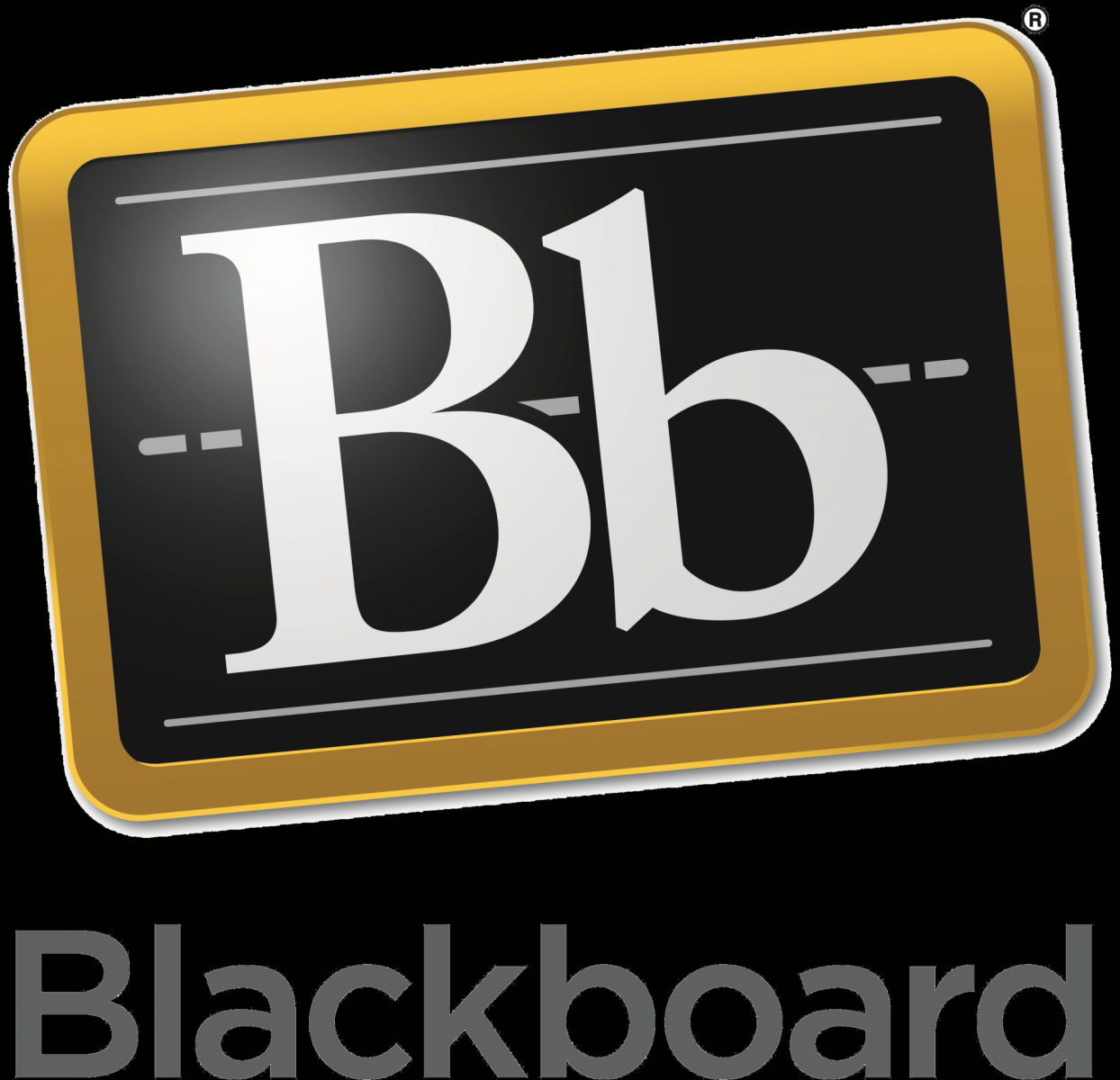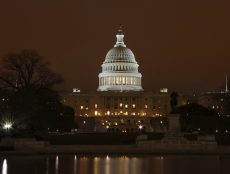
Articles
Editor’s Picks
The For-Profit Education Old Guard Has More to Worry About Than Government Regulation
By Henry Kronk
March 22, 2018
If you talk to most current and former employees of the for-profit education sector, there’s a strong likelihood they’ll tell the same story: for-profit education was a successful industry in the U.S. until Obama came along. Under the former administration, regulators made it their personal mission not just to police the industry, but to take it down.
In February, President and CEO of Career Education Colleges and Universities (CECU) Steve Gunderson along with his Director of Government Relations Michael Dakduk, penned an article for Career Education Review. CECU is a lobbying firm representing the interests of for-profit education.

The authors write, “At the sector’s peak in 2009/10, we enrolled nearly 3.7 million students. The latest available data shows enrollments are down by nearly 1.5 million students.2 Even higher education journalists began to take notice of the previous administration’s war against our sector. In an article describing the legacy of President Obama’s policies in higher education, editors at Inside Higher Ed wrote, ‘The colleges themselves argued that Obama and aides at the department with close ties to consumer advocates wanted to destroy the industry. They may have a point, as in recent years the (Obama) administration’s stance appears to have shifted from going after ‘bad actors’ among for-profits to a more globalized enmity.’”
According to Gunderson and Dakduk, the sentiment of the former administration has seeped into the public consciousness. And that’s bad.
For-Profit Education Faces a Different Threat
At this point, there are ample data that suggest the for-profit education sector in the U.S. doesn’t just have a few bad apples; it’s primarily comprised of them. But that argument is as old as the lobbyist rhetoric that allowed fraudsters to grow their industry by 225% between 1998 and 2008.
Many old guard for-profit educators (logically) blame the Obama administration for taking them down. By that reasoning, Trump, or at least Betsy DeVos—who has numerous investments in the for-profit sector—should be able to right the ship. (Gunderson and Dakduk begin their article writing “In November of 2016, the for-profit sector collectively breathed a deep sigh of relief.”)
But the for-profit education sector as we know it might just fall to a different enemy: itself.
When most people say ‘for-profit education,’ they mean institutions of higher education that can receive Title IV funding. These are your Phoenix, DeVry, and Strayer Universities, along with many others. But using the term for its basic meaning, it denotes far more than that.
Silicon Insurgencies
Sure there have always been vocational training programs, but in the past three to five years, there have been two explosions in for-profit education.

The first has been MOOCs. Initially offered with the true sense of ‘open,’ many MOOC providers have pivoted to for-profit models. Two leaders in this category, Udacity and Coursera, have been particularly successful. The former has achieved certified unicorn status while the later is close behind. While enrollment growth slowed in 2017, many millions of learners continue to sign up for at least one MOOC every year. Compared to the reported 40% decrease in for-profit college enrollment, we know where we’re going to put our chips.
The second explosion has occurred with coding bootcamps. These programs train coding noobs to be employable developers in a matter of a few months. In terms of time in class per dollar spent, these guys might match for-profit college price points. Their impact is still negligible compared to other for-profits. They educated just over 22,000 learners in 2017 and grossed $266 million. Still, their growth and success are undeniable. In 2013, they educated just 2,178 students.
Both MOOC-providers and coding bootcamps have seen success educating learners quicker for less money.
Growth Without the Help of Federal Student Loans
What’s more, these companies are arguably healthier for the U.S. economy. The reason? Students can’t take out a federal student loan to pay for them. They’re far more affordable and most learners simply pay out of pocket.
That’s not how it goes with for-profits. A 2012 senate report issued by a committee led by Senator Tom Harkin found that a whopping 96% of students at for-profit colleges paid tuition in full or in part with federal loans.
The explosion of for-profit universities occurred during a time when the availability of federal student loans was also drastically increasing. Opposed to non-profit institutions, which take 40% of their income at most from tuition and fees, for-profits receive over 90% of their gross revenue from what students pay.
Yes, liberal government policies took for-profits down, but they also made their explosion possible in the first place.
A quick scan of for-profit SEC filings will reveal negligible year-over-year growth or even a good deal of red ink. For the old guard of for-profit education to resume their spot on top, two things will need to happen. They’ll need to come abreast to the practices of the MOOC-providers and coding bootcamps, and they’ll need to be able to secure federal loans for their students taking these programs. Unsurprisingly, Gunderson and Dukdak call for this exactly in their article: “Reauthorization [of the Higher Education Act] must reflect this change as a growing number of adults seek postsecondary education in shorter terms and in less than 4-year BA programs. We need short-term Pell grants.”
The for-profit education industry of the last decade was never healthy. It’s time to move on.









No Comments